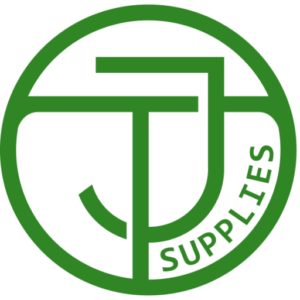Effective Cleaning Strategies for High-Traffic Areas
High-traffic areas, whether in commercial buildings, public spaces, or homes, face constant wear and tear due to heavy footfall. These spaces require more than standard cleaning to maintain hygiene, appearance, and longevity. Implementing effective cleaning strategies not only enhances the aesthetics but also ensures safety and durability. Here, we delve into practical and efficient cleaning methods tailored for high-traffic areas.
Why Cleaning High-Traffic Areas Matters
High-traffic zones, such as lobbies, hallways, restrooms, and commercial kitchens, accumulate dirt, debris, and bacteria quickly. Neglecting these areas can lead to:
- Poor Aesthetic Appeal: Dirt and grime can make spaces look uninviting.
- Health Hazards: Accumulated germs and allergens can affect the health of occupants.
- Faster Wear and Tear: Dirt particles can damage surfaces, reducing their lifespan.
- Negative Impressions: For businesses, unclean areas can deter customers and clients.
Understanding the Challenges of High-Traffic Areas
Before diving into cleaning strategies, it’s essential to understand the unique challenges these areas present:
- Continuous Use: Cleaning may need to be scheduled during operational hours.
- Stubborn Stains and Dirt: Frequent spills and dirt accumulation demand heavy-duty solutions.
- Variety of Surfaces: Different materials (carpets, tiles, hardwood) require distinct cleaning methods.
Key Cleaning Strategies for High-Traffic Areas
1. Develop a Cleaning Schedule
Regular cleaning schedules are vital for maintaining cleanliness in high-traffic areas. Consider:
- Daily Cleaning: Dusting, vacuuming, and mopping to remove surface dirt.
- Weekly Deep Cleaning: Scrubbing floors, cleaning upholstery, and sanitizing high-touch surfaces.
- Monthly Maintenance: Polishing floors, shampooing carpets, and addressing wear and tear.
2. Choose the Right Cleaning Products
The choice of cleaning products directly impacts the effectiveness of the cleaning process. Use:
- pH-Neutral Cleaners: Ideal for surfaces like marble and wood to prevent damage.
- Heavy-Duty Degreasers: Perfect for commercial kitchens and greasy areas.
- Disinfectants: For sanitizing restrooms and high-touch surfaces like doorknobs and elevator buttons.
3. Invest in High-Quality Equipment
High-traffic areas demand robust cleaning equipment to handle the workload efficiently:
- Industrial Vacuums: For carpets and floors that trap dust and debris.
- Steam Cleaners: Effective for deep-cleaning carpets and sanitizing surfaces.
- Automatic Scrubbers: Ideal for large tiled or hardwood floor areas.
4. Implement Preventive Measures
Preventive strategies can significantly reduce dirt accumulation:
- Entrance Mats: Place durable mats at entry points to trap dirt before it spreads.
- Shoe Covers: In sensitive areas like labs or healthcare facilities, encourage the use of shoe covers.
- Regular Inspections: Conduct routine checks to address issues like spills or damaged surfaces promptly.
5. Focus on High-Touch Surfaces
High-touch surfaces are breeding grounds for germs and bacteria. Regularly disinfect:
- Door handles and knobs.
- Elevator buttons.
- Handrails and light switches.
- Reception desks and countertops.
6. Adapt Cleaning Techniques for Different Surfaces
High-traffic areas often feature a mix of flooring types, each requiring specific care:
- Carpets: Vacuum daily and deep clean monthly to prevent dirt buildup.
- Tiles: Use a mop and tile-safe cleaner to remove grime and maintain shine.
- Hardwood: Sweep frequently and use a damp mop with a wood-safe cleaner.
- Concrete: Pressure wash outdoor concrete regularly to remove stains and debris.
Eco-Friendly Cleaning Practices
Incorporating sustainable cleaning practices benefits both the environment and the occupants. Here are some eco-friendly strategies:
- Use Green Cleaning Products: Opt for biodegradable and non-toxic cleaners.
- Optimize Water Usage: Use microfiber mops and cloths that require less water.
- Energy-Efficient Equipment: Invest in energy-saving vacuums and scrubbers.
- Recycling Programs: Dispose of waste responsibly and promote recycling in the facility.
Training and Empowering Cleaning Staff
Your cleaning team is the backbone of maintaining high-traffic areas. Provide:
- Regular Training: Equip staff with knowledge about the latest cleaning techniques and products.
- Safety Protocols: Teach proper handling of cleaning chemicals and equipment.
- Recognition Programs: Reward consistent and outstanding performance to boost morale.
Leveraging Technology in Cleaning
Modern technology can streamline the cleaning process:
- Robotic Cleaners: These can autonomously clean floors, saving time and effort.
- Cleaning Apps: Use apps to schedule, track, and monitor cleaning tasks.
- Smart Sensors: Install sensors in restrooms and other high-use areas to alert staff when cleaning is needed.
Importance of Regular Maintenance
Cleaning alone isn’t enough; maintenance plays a crucial role in keeping high-traffic areas in top condition:
- Repair Damaged Surfaces: Address cracks, chips, or stains promptly.
- Reapply Protective Coatings: Floors and countertops may require periodic sealing or waxing.
- Monitor Wear Patterns: Replace heavily worn carpets or tiles to prevent accidents.
Benefits of Effective Cleaning Strategies
Implementing the above strategies results in:
- Enhanced Aesthetic Appeal: Clean and well-maintained spaces are visually appealing.
- Improved Health and Safety: Reducing allergens and bacteria ensures a healthier environment.
- Cost Savings: Preventive care minimizes the need for expensive repairs or replacements.
- Positive Impressions: A clean space reflects professionalism and attention to detail.
Final Thoughts
Maintaining high-traffic areas requires a proactive approach that combines routine cleaning, preventive measures, and advanced technologies. By implementing these strategies, you can create spaces that are not only clean and hygienic but also welcoming and durable. Whether you’re managing a bustling office, a retail store, or a busy household, prioritizing effective cleaning practices ensures long-term benefits for all occupants.

